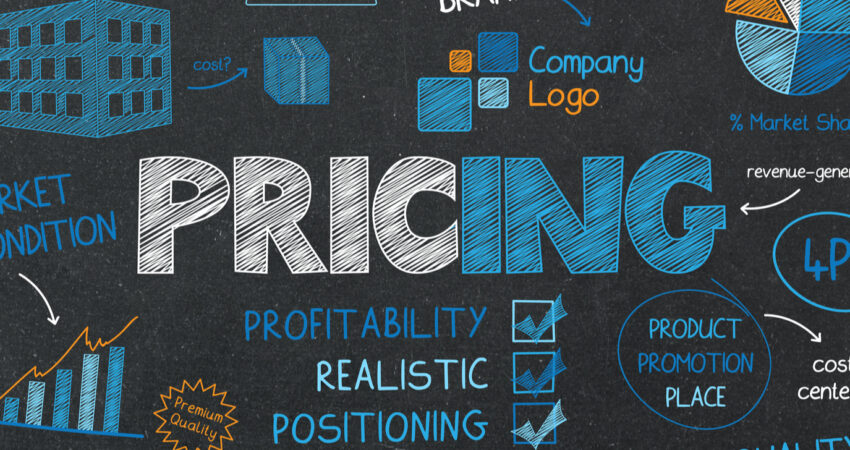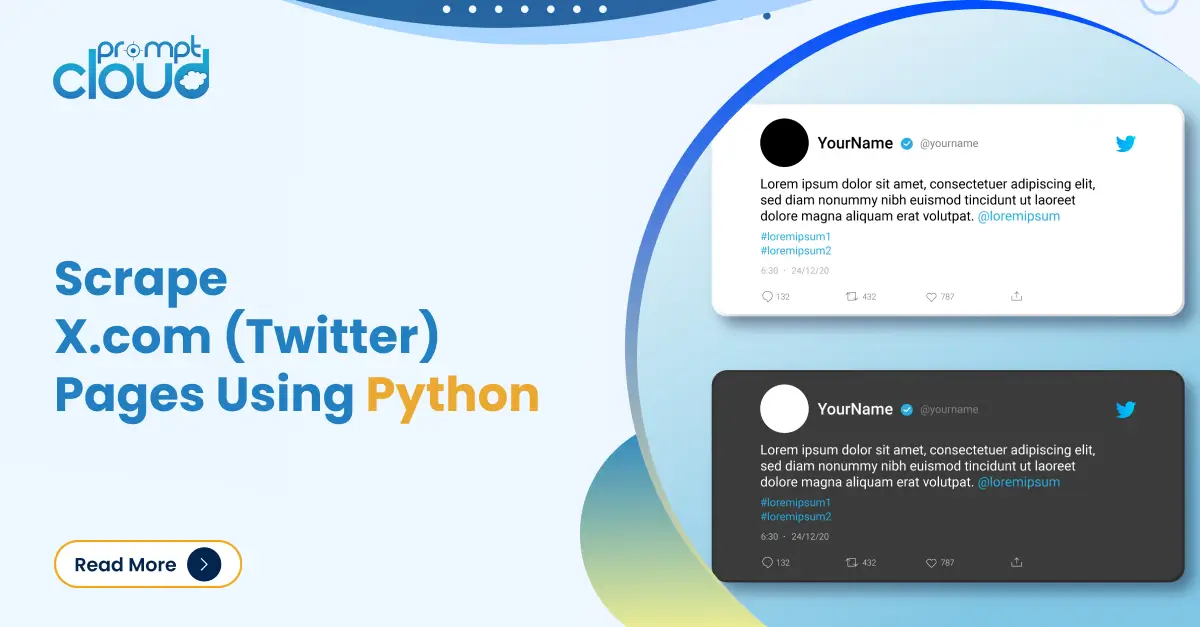
Price tracking has become an essential feature of new-age companies that sell products online. This is applicable for both eCommerce marketplaces as well as those that sell products of their own. However, the competition to have a lower price is much higher among marketplaces since individuals would almost always prefer to pay less for the same product. Companies often peg their prices against market leaders like Amazon to ensure that customers don’t leave due to high prices.
Focus on competitors
Price tracking is a resource-intensive task. Also tracking prices on too many websites, and trying to match your prices to all of them may result in heavy losses. You need to figure out the niche in which you operate and which companies are your direct competitors. In case you are selling skin care products, it may not be wise to compare your prices with Walmart or other big retailers. Instead, you can limit yourselves to online stores that only focus on cosmetics or skin care products. Once you have a list, you can check which of these websites have a high overlap of brands that you cover. After this, you will be left with a very short list. You can then do a price comparison with only these websites. Once you have the data collated, you can figure out if price adjustments can attract more customers and help you take on the direct competition that you have identified.
So why target only competitors and not big retailers? Big retailers don’t focus on a specific category and may not house specialty brands. Competing with them over prices for the items they do sell may be foolish. Due to their massive sales figures, they may be able to sell products at wafer-thin margins or often, even at losses. Instead, focusing on similar websites would give you an insight into which brands and product lines they are focusing on, and which products might need more aggressive pricing strategies.
Automation is the key
A manual or semi-automated process may not work for you if you are tracking prices for thousands of products across hundreds of categories, on tens of websites. The reason behind this are multiple challenges–
- Prices get updated in real time, thousands of times a day. You need to have an intelligent fully automated system in place to capture every single price change.
- The price mentioned on the product page, may often not be the final price. There are other pieces of information hidden on the same page– shipping charges, taxes, card discounts and more. An automated system would be able to capture all such data points and handle each accordingly.
- Once the pricing data is fetched decisions cannot be taken for each item individually. Machines need to have an inbuilt decision engine with a certain degree of flexibility to update prices on your website based on the data collected.
Tracking Prices does not always mean Matching Them
Price tracking is not always performed with the intention of matching the lowest price available. In case a product is priced lower on almost all other websites, and the difference with your price is low, you can automatically match the price. However in case, there is a large difference in price for some products, you may need to look at other factors like–
- Is the price difference high on all competitor websites?
- On pages where the prices are very low, are there only a few remaining pieces?
- Does the product have an expiry date mentioned? If so, is it more than halfway through its best before the timeline?
- In case the item is a garment or a shoe, are only a few sizes or colors of the item left in stock?
The answers to these questions will enable you to not always aim for the minimum prices across websites. Instead, you can focus on having a competitive price that customers are likely to buy products for.
Target different Products in different areas
When covering a large geographical area, you might not be able to match prices for all products in every city or state. Instead, you should try to target products that are most likely to be in demand in a particular area. Customers often check the prices of a few items when ordering and not the whole cart. Also finding better prices for some common items create a sense of satisfaction among customers and provide a belief that a particular website has reasonable prices.
You could even go for a more aggressive strategy and have a dynamic pricing policy across regions. Income data can be evaluated for deciding whether you want to have the best prices for the cheaper brands or the more expensive ones for similar products. Other data points can also be evaluated to create a comprehensive pricing strategy across locations. This would give your website a name for having the best prices despite not having the lowest price tags for every single item.
New entrants in the market often go for aggressive price wars. They track the most selling products and set the lowest prices for all of them. They also offer coupon discounts, free deliveries and freebies. All this is done by burning investor money, in the name of customer acquisition. However, once investor money dries up, these companies start lowering their discount rates and raising their prices. Immediately customers leave the platform to move to the next new and booming website.
This is why companies should try to focus on other areas as well, along with price matching. These can be–
- Having an effective customer care service– something that has been lacking in the retail sector in recent years.
- Smoothening the shopping experience, making it easy to search for items, showing regularly bought items at the top or allowing customers to create repeat orders for items like milk and bread.
Such innovations and customer-centric features would help you keep your customers and attract new ones even if you don’t sell products at the lowest prices.




















